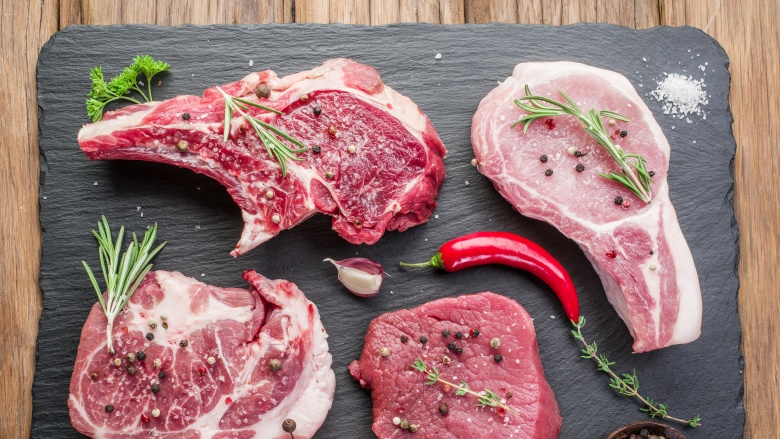Understanding Meat Color and Freshness
The color of meat is a significant indicator of its freshness and quality. Knowing how to interpret these visual cues can help you ensure that the meat you purchase is safe and of good quality. Here’s a detailed look into how meat color relates to its freshness and what you should look out for.
(Understanding Meat Color and Freshness)
**1. Myoglobin and Meat Color
-
Role of Myoglobin: The color of meat is largely influenced by myoglobin, a protein in muscle tissues that binds oxygen. Fresh meat appears red due to myoglobin, which turns a darker color when exposed to air. This red color is a key indicator of freshness and quality.
-
Color Variations: The meat’s color can vary based on the type of meat, its cut, and its exposure to oxygen. For example, beef typically starts as a bright red color but may turn brown as it oxidizes. This color change is normal but should be monitored to ensure the meat is still within its freshness period.
**2. Oxidation and Color Changes
-
Fresh Meat: When first exposed to air, meat will display a bright red hue, indicating high levels of oxygenated myoglobin. This is a sign of fresh meat. Learn more about freshness indicators in our article How to Identify Fresh Meat.
-
Brown and Gray Meat: Over time, meat can turn brown or gray due to oxidation. This is a result of myoglobin turning into metmyoglobin. While this color change is not necessarily harmful, it can indicate that the meat is starting to age. Meat that has turned gray or brown should still be checked for other signs of spoilage, such as an off smell or slimy texture.
**3. Spoilage Indicators
-
Off-Smell: One of the most reliable indicators of spoilage is an off-putting smell. Fresh meat should have a clean, slightly metallic smell. If the meat has a sour, rancid, or ammonia-like odor, it is likely spoiled.
-
Texture Changes: Spoiled meat may also exhibit a slimy or sticky texture. Fresh meat should be firm and slightly moist but not sticky or slimy. Texture changes, along with color changes, can be a sign that the meat is no longer safe to eat.
**4. Impact of Packaging
-
Vacuum Sealing: Meat that is vacuum-sealed may appear darker due to reduced oxygen exposure. This darker color does not necessarily indicate spoilage; it is often a result of the packaging process. When the meat is exposed to air again, it should return to its normal color.
-
Packaging Integrity: Ensure that the meat’s packaging is intact and free from leaks or bloating. Damaged packaging can compromise the meat’s freshness and lead to quicker spoilage. For more tips on proper meat storage, see our guide Proper Meat Storage Techniques.
**5. Cooking and Color Changes
-
Color During Cooking: The color of meat can also change during cooking. For instance, ground beef that is brown on the outside but pink inside is still safe as long as it reaches the appropriate internal temperature. Use a meat thermometer to ensure it is cooked thoroughly. Check out our article Cooking Meat to the Right Temperature for more details.
-
Color and Flavor: The Maillard reaction, which occurs during cooking, can impact the color and flavor of meat. Proper browning and caramelization enhance the flavor and texture of the meat, contributing to a delicious meal.
Conclusion
Understanding meat color is crucial for assessing freshness and quality. By familiarizing yourself with the role of myoglobin, recognizing normal oxidation color changes, and knowing how to identify spoilage indicators, you can make informed decisions about the meat you purchase and cook. For more information on selecting and handling meat, explore our related guides on Choosing Quality Meat and Tips for Meat Preservation.
